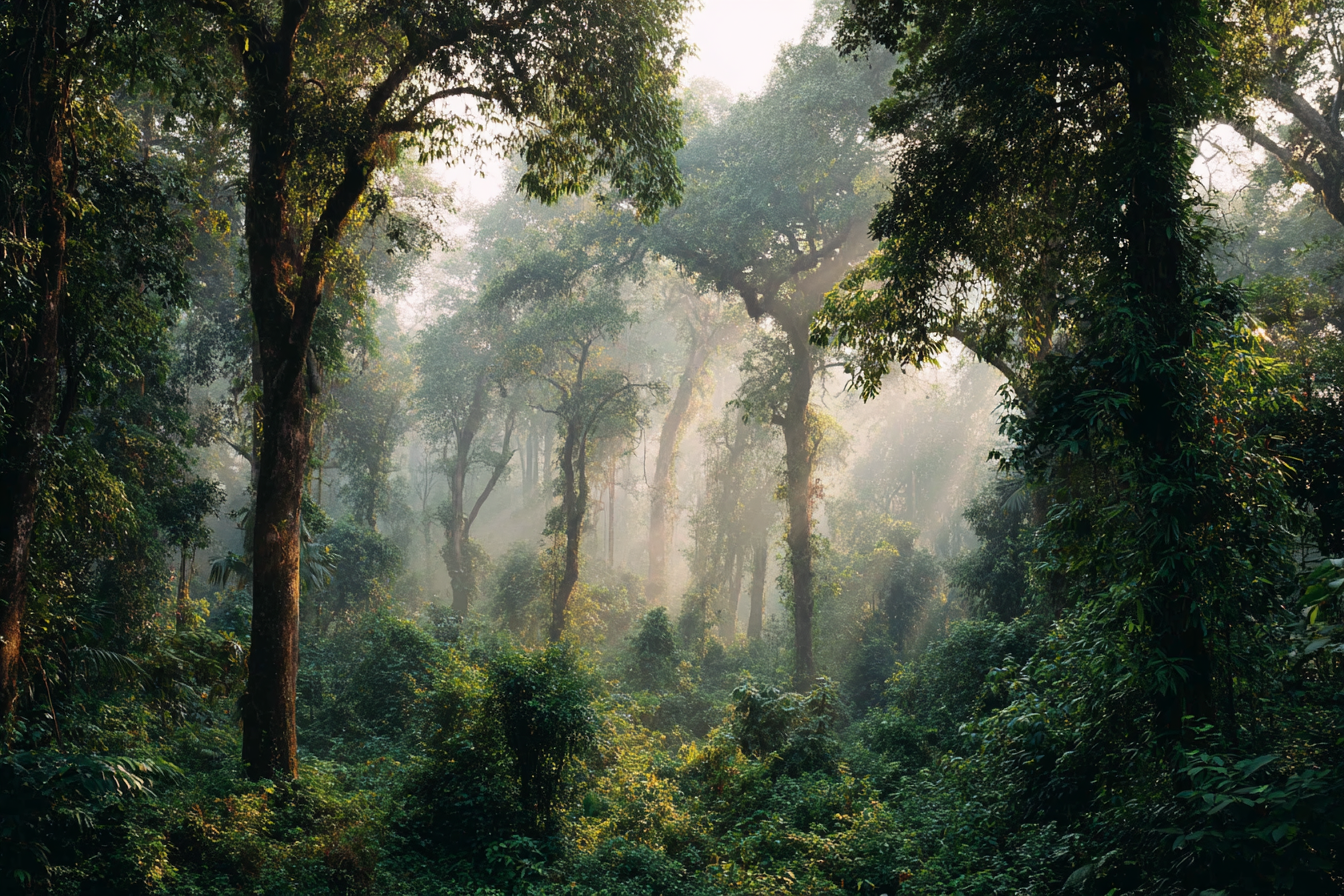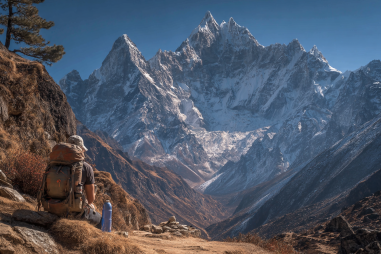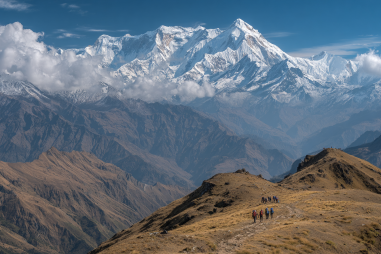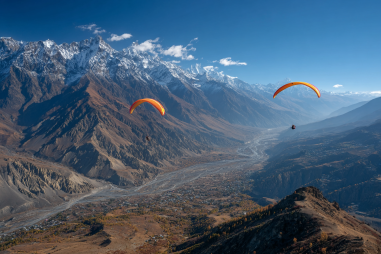If you’re planning a trip to Chitwan National Park, one of Nepal’s premier wildlife destinations, timing can make all the difference. From the best weather for jungle safaris to the chance to witness unique cultural festivals, choosing when to visit can heighten your experience. This guide will walk you through the best times to explore Chitwan, focusing on climate, wildlife visibility, seasonal tips, festival dates, and packing essentials to help you plan a memorable adventure.
Climate Overview of Chitwan
Located in the subtropical lowlands of Nepal, Chitwan National Park enjoys a distinct climate shaped by three main seasons: summer, monsoon, and winter. Understanding the weather patterns is crucial for a comfortable visit and spotting wildlife.
Summer (March to May): Summers in Chitwan can be hot and humid, with temperatures soaring up to 35°C (95°F). The season is characterized by long, sunny days which make jungle safaris pleasant early in the morning or late afternoon, but afternoons can be quite warm. Vegetation is lush, and animals may rest in dense shade, making wildlife slightly less visible during the hottest parts of the day.
Monsoon (June to September): The monsoon season brings heavy rainfall, high humidity, and dense fog at times. Rain rejuvenates the park’s flora, but trails can become muddy and some wildlife spotting activities are limited or canceled. While the park is less crowded, the wet conditions might make exploring a challenge.
Winter (October to February): Winters offer pleasantly cool temperatures ranging between 10°C and 25°C (50°F to 77°F), making it an ideal time for sightseeing and wildlife safaris. Mornings and evenings can be chilly, but the clear skies and dry weather enhance the overall experience.
Wildlife Visibility by Season
One of the main attractions of Chitwan National Park is its rich biodiversity, including Bengal tigers, one-horned rhinoceroses, elephants, and various bird species. Your chances of spotting wildlife vary depending on the season.
Best Time for Wildlife Sightings: The winter months from October to March are considered the prime time for wildlife enthusiasts. During this period, animals are more active and easier to spot as they come out to drink water from dwindling waterholes. The thinner foliage during the dry season also makes spotting daytime animals easier.
Summer Sightings: In summer, wildlife is still visible, particularly early mornings or late afternoons when animals are more likely to forage. However, the midday heat can drive many animals to seek refuge under thick canopy, limiting sightings.
Monsoon Challenges: Though monsoon rains transform the landscape beautifully, wildlife spotting becomes more difficult. Many trails might be closed, and animals find ample water sources throughout the park, reducing their movement near accessible spots.
Dos and Don’ts by Time of Year
Each season in Chitwan comes with its own set of considerations to make your trip enjoyable and safe.
During Winter and Early Spring
- Do: Book safaris early, as this is peak tourist season. Dress warmly for early morning and evening trips.
- Don’t: Avoid loud noises and sudden movements to increase your chances of spotting shy animals.
During Summer
- Do: Schedule jungle activities during cooler parts of the day and stay hydrated.
- Don’t: Avoid going afield during peak afternoon heat to prevent discomfort and sunburn.
During Monsoon
- Do: Carry waterproof gear and choose lodges with good facilities to stay comfortable.
- Don’t: Attempt long trekking or deep jungle activities during heavy rains to avoid risks of slipping or encounters with swollen rivers.
Cultural Events and Festivals Calendar
Beyond its wildlife, Chitwan is rich in cultural experiences, with several festivals that add color and interest to a visit.
- Maghe Sankranti (January): Celebrated by the Tharu community, this festival marks the start of the new solar year. Visitors can enjoy traditional rituals, music, and dance performances, providing insight into local culture.
- Tharu Cultural Festival (Varies, often in winter): This festival showcases vibrant Tharu traditions, including unique dance forms, costumes, and indigenous food.
- Dashain and Tihar (September – November): These major Hindu festivals are celebrated with great enthusiasm throughout Nepal and in Chitwan. The festive mood and decorations offer a wonderful cultural backdrop for visitors.
Planning your visit around these festivals can enhance your experience, blending wildlife exploration with local traditions.
Packing Tips Based on Season
Packing appropriately will ensure comfort and convenience as you explore the park.
For Winter Visits
- Layered clothing: Warm jackets, thermal wear, and scarves for chilly mornings and evenings.
- Sturdy walking shoes: Important for safaris and nature walks.
- Sun protection: Sunglasses, hats, and sunscreen for daytime sun exposure.
For Summer Visits
- Light, breathable fabrics to stay cool.
- Insect repellent to protect against mosquitoes.
- Hat and strong sunscreen for sun protection.
For Monsoon Visits
- Waterproof jackets and gear.
- Quick-dry clothing and extra socks.
- Waterproof bags to protect your electronics and important documents.
Finding Your Ideal Time to Visit
Choosing the best time to visit Chitwan National Park depends on what you value most—whether it’s pristine weather, the thrill of spotting elusive wildlife, or immersing yourself in local culture.
If your primary goal is wildlife photography and game viewing, the dry winter months from October to March provide optimal conditions. For travelers who prefer fewer crowds and don’t mind occasional showers, the shoulder months of late spring or early monsoon might appeal. And if cultural experiences are your main interest, timing your visit during prominent festivals will deepen your engagement with the region.
Ultimately, Chitwan offers a rich experience year-round. Understanding the climate cycles, wildlife behavior, and cultural calendar helps ensure that your visit is not only enjoyable but memorable. Pack wisely, book your safaris thoughtfully, and prepare to be enchanted by the natural and cultural wonders of this unique national park.







